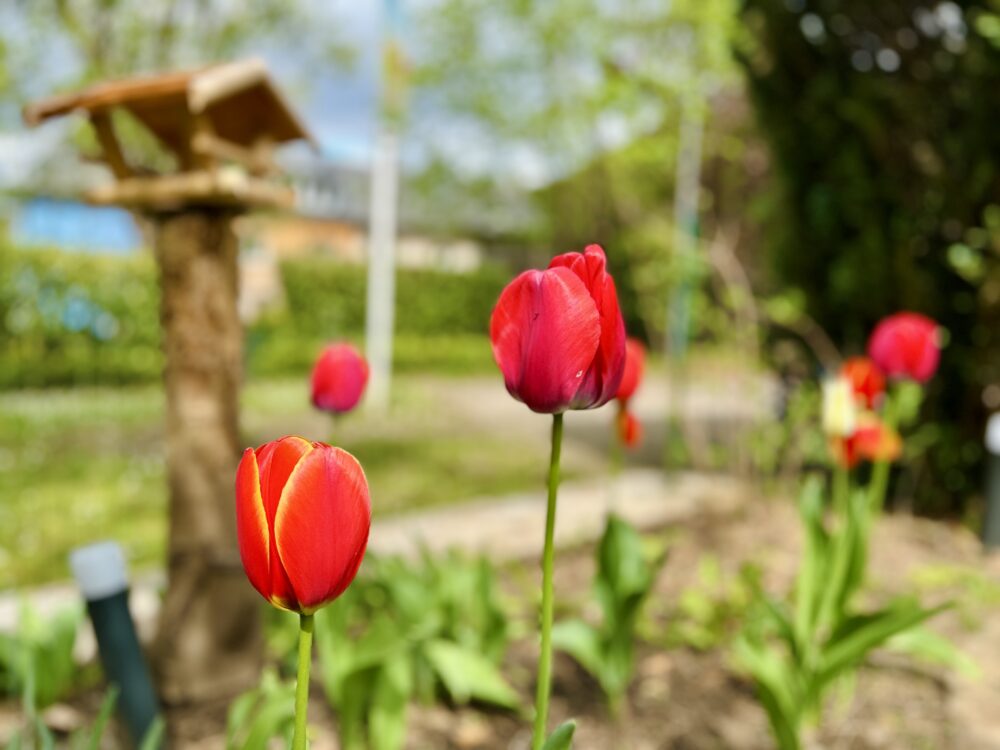Tulips, with their vibrant hues and elegant forms, are one of nature’s most cherished spectacles. However, their blooming season is brief, often lasting just a few weeks. This transience reminds us not only to appreciate their fleeting beauty but also to reflect on the fragility and impermanence found in other aspects of life, including the world economy. Like the tulip’s bloom, financial systems can appear robust and dazzling, yet they too are subject to cycles of growth and decline.
Economic Bubbles: A Tale of Fragility
Throughout modern history, the world has experienced economic bubbles—periods of irrational exuberance followed by spectacular collapses. The parallels to the tulip’s transient existence are striking. One of the most famous economic bubbles, in fact, revolves around tulips.
Tulip Mania (1630s)
In the 17th century, the Netherlands witnessed what is often considered the first recorded economic bubble. Tulip mania saw the prices of tulip bulbs soar to extraordinary heights, driven by speculation and demand for rare and exotic varieties. At its peak in 1637, some bulbs were reportedly traded for amounts equivalent to the price of a luxury home. However, the bubble burst almost as quickly as it inflated, leading to financial ruin for many and highlighting the dangers of speculative excess.
The Internet Bubble (1990s – Early 2000s)
Fast-forward to the late 20th century, the world saw a similar phenomenon with the dot-com bubble. Investors poured money into internet-based companies, believing that rapid technological advancements would guarantee profits. Stock prices of these companies skyrocketed without sustainable business models to back them. The bubble burst in 2000, wiping out an estimated $5 trillion in market value and teaching harsh lessons about overvalued speculation.
The 2008 Financial Crisis
Another major economic collapse occurred during the global financial crisis of 2008, largely driven by a housing market bubble in the United States. Banks issued risky loans, and financial instruments tied to these loans became widespread. The eventual collapse of the housing market triggered a chain reaction, leading to a global recession. Major financial institutions crumbled, and governments worldwide scrambled to stabilise economies with bailouts and reforms.
Lessons from Tulips and Crises
Each of these economic crises shares a common thread: an unsustainable frenzy followed by collapse. Just as the tulip’s lifespan is determined by nature’s cycles, financial bubbles are an inherent risk in markets driven by human behaviour. The key takeaway is the importance of balance—both in the appreciation of nature’s beauty and in the management of economies.
As you admire the tulips in full bloom this season, let them serve as a poignant reminder of both the beauty and fragility in life, from the petals of a flower to the intricate web of global finance.












